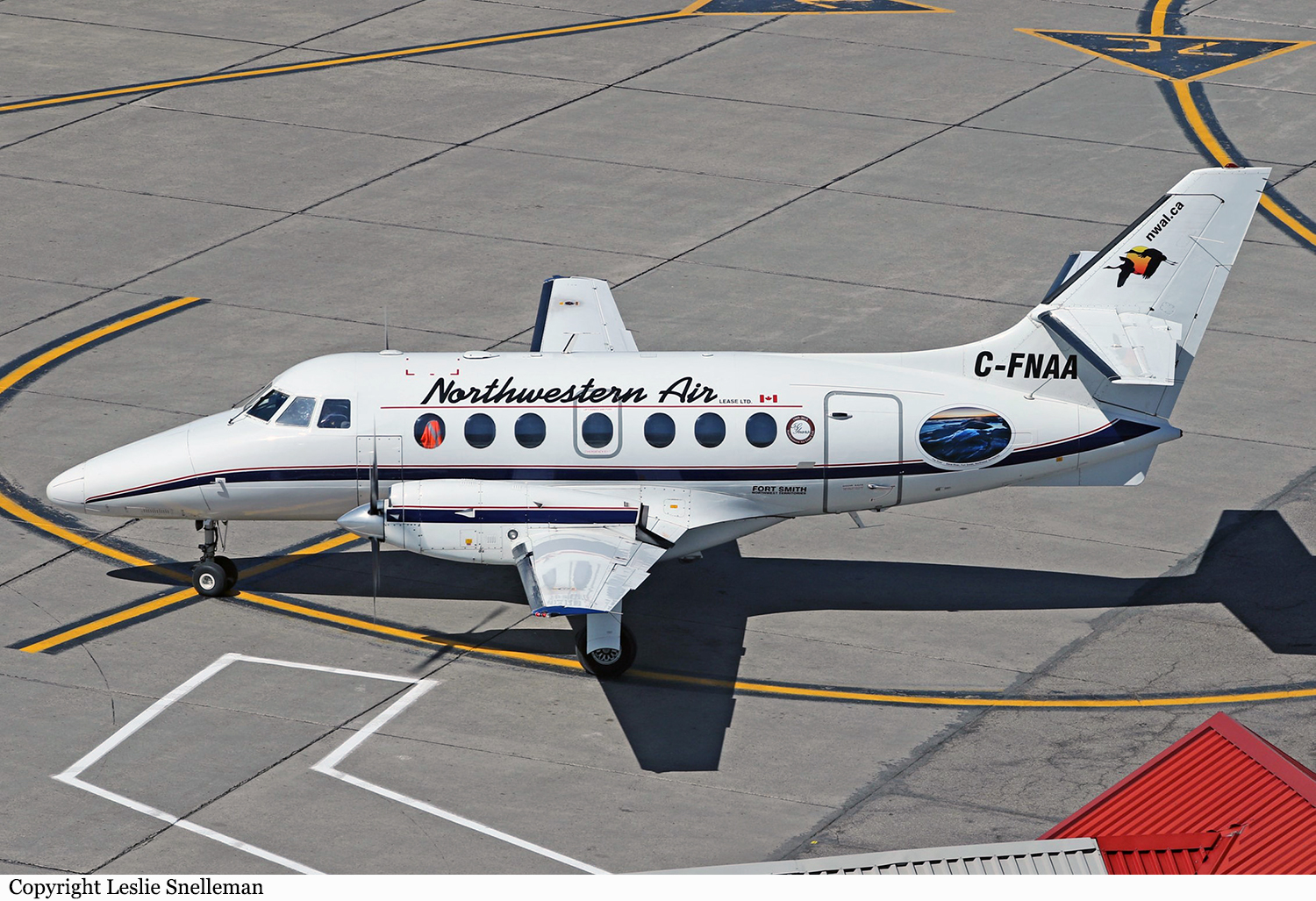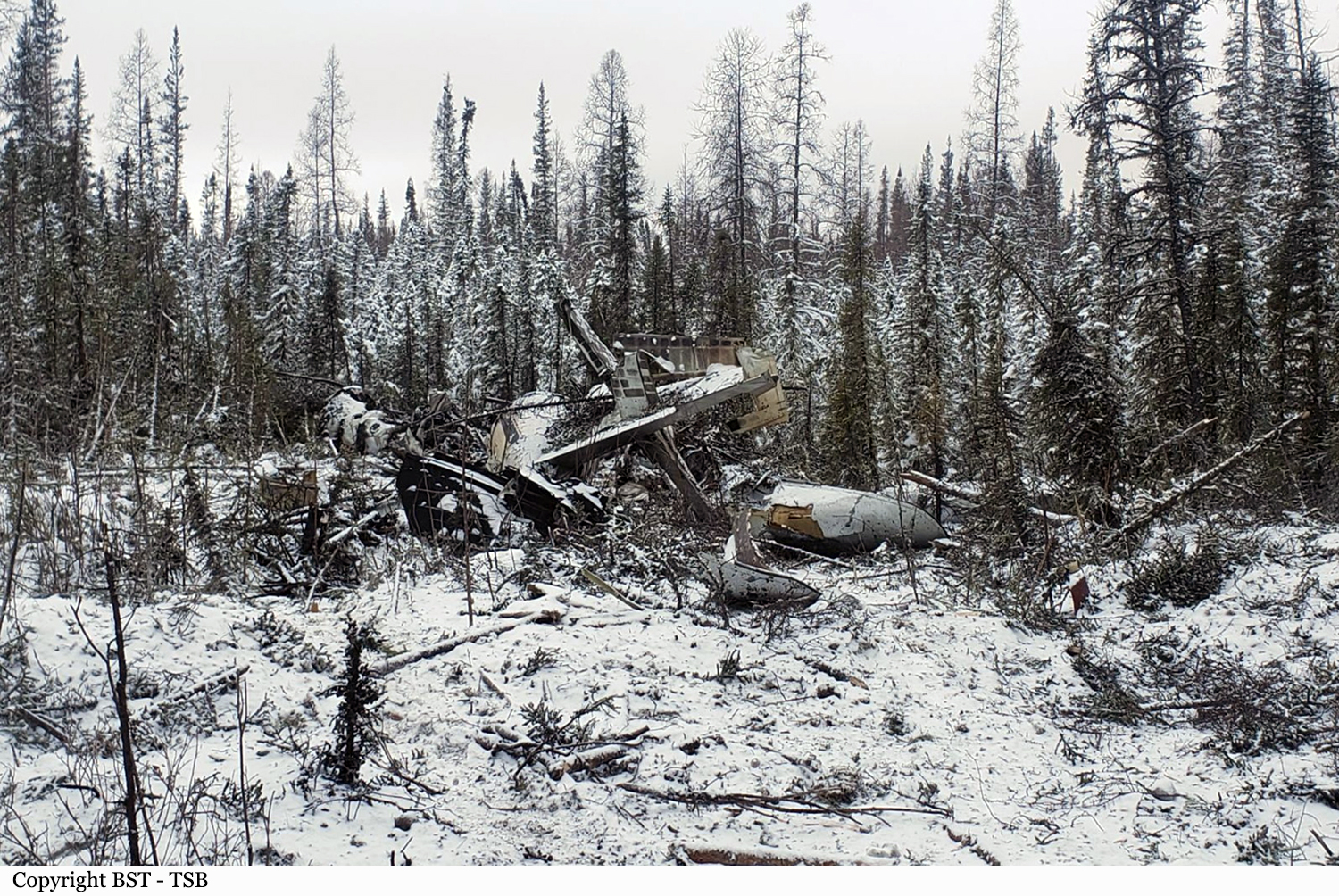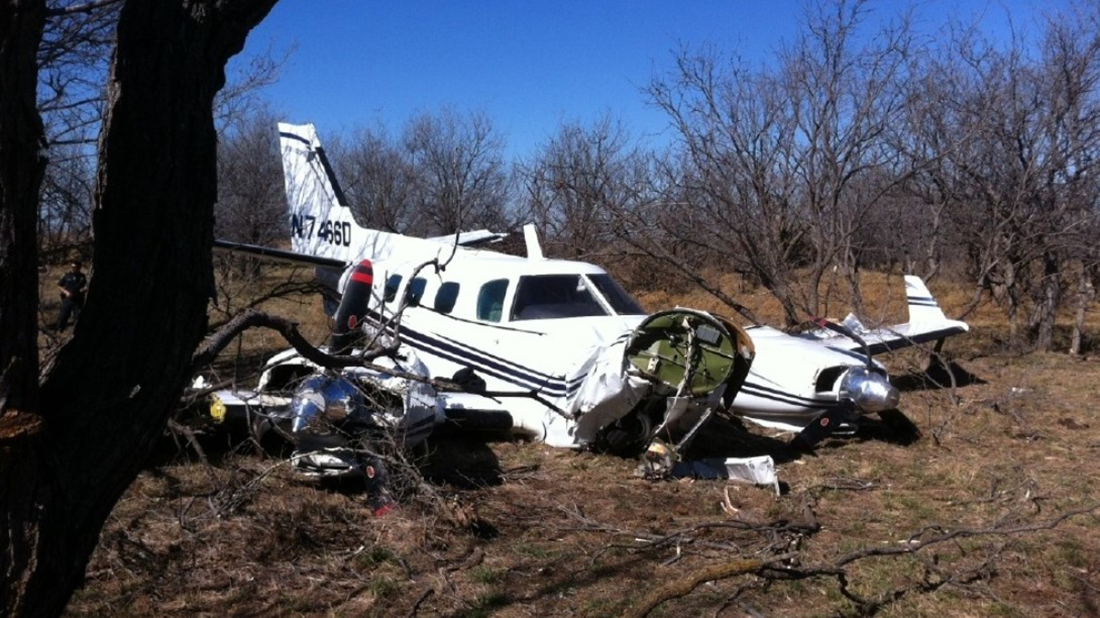Crash of a BAe 3212 Jetstream 32 in Fort Smith: 6 killed
Date & Time:
Jan 23, 2024 at 0855 LT
Registration:
C-FNAA
Survivors:
Yes
Schedule:
Fort Smith – Diavik
MSN:
929
YOM:
1991
Crew on board:
2
Crew fatalities:
Pax on board:
5
Pax fatalities:
Other fatalities:
Total fatalities:
6
Circumstances:
Shortly after takeoff from Fort Smith Airport Runway 30, while in initial climb, the twin engine airplane lost height and crashed in a wooded and snow covered area, bursting into flames. A passenger was seriously injured while six other occupants were killed. The airplane was on an on-demand charter flight to the Diavik Diamond Mine located about 500 km north of Fort Smith.



